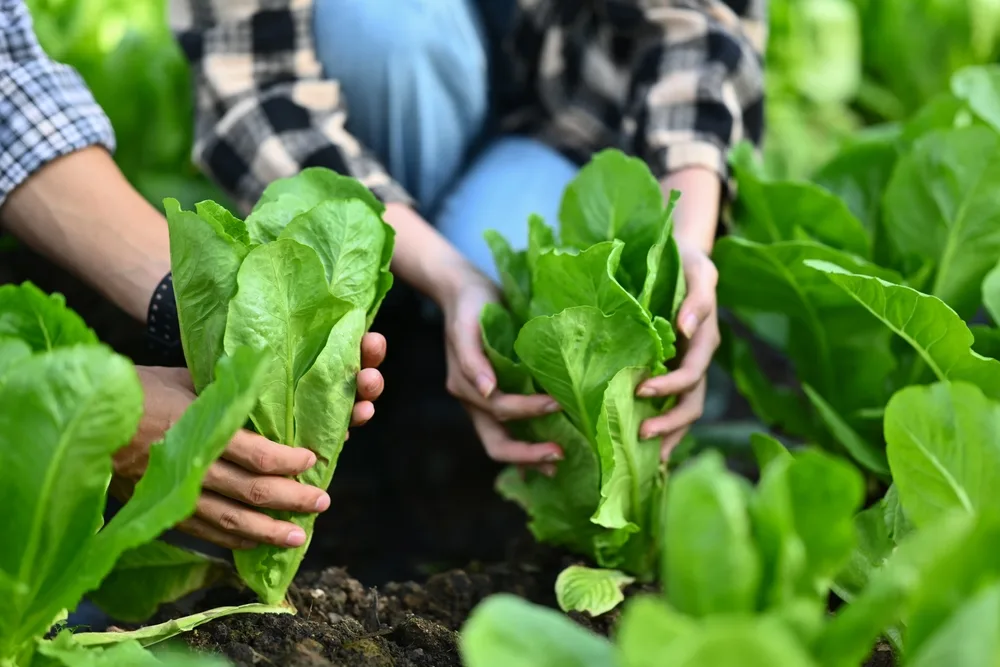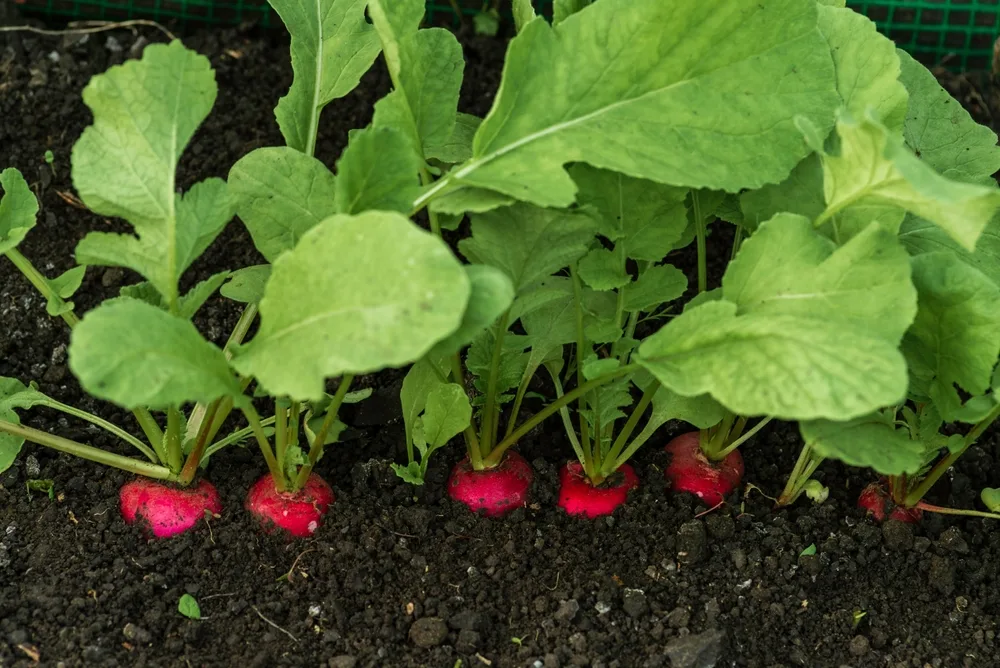Due to the high soil and air temperatures, July is an ideal month for sowing seeds. The extended warm days and ample light hasten germination, allowing you to prolong your vegetable patch season and enhance your collection of perennials, biennials, and indoor exotic plants.
However, remember that the water table is lower during this period so that additional watering might be necessary.
July is also a perfect time to plant young plants that were started from seeds in previous months. This is the final month to plant young courgettes, squashes, and sweetcorn.
Plant them early in the month to ensure they mature before the autumn frosts arrive. April and May are also optimal times to seed winter cabbages so they are ready by Christmas and beyond.
Lettuce

Lettuce and other salad leaves are quick and straightforward to grow. Sow seeds continuously from March to September for nearly year-round fresh salads.
Plant seeds in shallow drills or pots. Thin seedlings to 12 inches for hearting lettuces, or harvest young leaves regularly for cut-and-come-again varieties.
Carrots
July is the last chance to sow carrots for an autumn harvest. Sow directly and thinly into shallow drills of well-prepared soil or pots with soil-based compost.
Avoid thinning seedlings too much to prevent attracting carrot flies.
Turnips
Turnips can offer two harvests from one plant: the sweet taproot and the leaves or ‘greens’. They should be eaten soon after harvesting as they don’t store well. Sow directly in shallow drills for a tasty winter crop.
Radishes

Radishes are quick to mature, easy to grow, and nearly pest-free. They add a peppery bite to salads and can be grown alongside other crops.
July is also the last month to sow French beans, giving the pods enough time to mature before the first autumn frosts. Sow dwarf varieties in the ground or pots and keep them well-watered.
Winter Cabbages
Now is the best time to plant winter cabbages to ensure they have enough time to mature before the cooler autumn temperatures.
Plant them 18 inches apart, with 24 inches between rows. Firm them gently and water them well. Netting may be needed to protect cabbages from caterpillars and pigeons.
